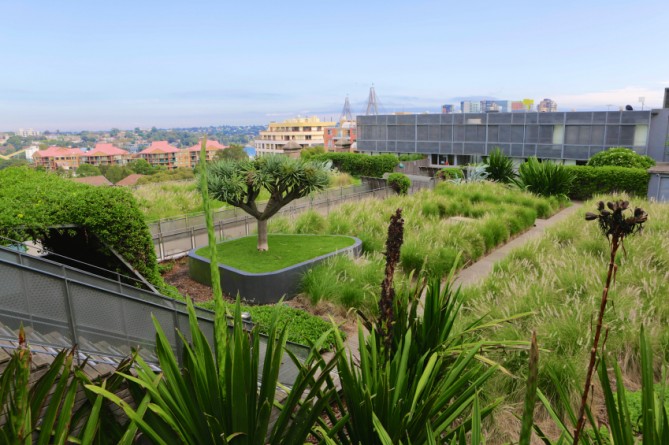Ask a question or search for an energy term


Green roofs have been gaining in popularity in recent years. That’s hardly surprising, considering how many general and ecological advantages they have.

More information about green roofs can be found in the Sustainable Buildings Guide of Bruxelles Environnement (the Brussels Institute for Management of the Environment, link in French).
Subscribe to our newsletter and stay informed about energyfacts.